It’s late in the evening and I’m sitting on the platform at Loughborough Junction waiting for the last train to Blackfriars casting an eye down below to the high street, and even on a hot Monday night in August when Brixton has packed up, there are young revelers outside neon lit shops. It’s a long way from 1997 when A3 recorded Exile on Coldharbour Lane and this was a more dangerous neighbourhood with a lot more drug trafficking. There’s a joke I tell on the walking history tour in Toronto that isn’t really a joke: You can tell how quickly the neighbourhood is gentrifying by the brand of empties on the sidewalk.
I’ve been to Brixton Brewery for the British Guild of Beer Writers annual meeting, but I’m processing some gossip I heard earlier in the day at the Rake. I’m processing it slowly because the afternoon nap I took was in lodgings that were about 30 degrees celsius. London is designed to retain heat and air conditioning is not really a consideration. I might have heat stroke, but I remember two things; First of all, no one likes Humphrey Smith. Secondly, Fuller’s is now really a property holding company.
After the day I’ve had that makes sense. On the way to Brixton Brewery, I’ve somehow managed to go to their original location and not the new one that they’re in the middle of unveiling. They’re only 600 meters apart, but what a difference that makes. Craft breweries in London have been attracted to inexpensive real estate in order to exist and it turns out that’s limiting. The price of the real estate means that you probably can’t expand beyond a certain size without an influx of cash.
Google maps takes me on foot through really interesting parts of Brixton that your average tourist doesn’t get to see. I couldn’t look more like a tourist, bedecked in a Hawaiian shirt and it’s as I’m approaching the railroad tracks I hear dub reggae from an open living room window and think to myself, “didn’t this used to be Yardie turf?” It has changed a lot, but noting that the empty cans are still Carling, I quicken my pace a little. Milkwood Road, south of the tracks is an entirely different vibe.
It’s not just a London problem. If you look at the demography of consumption for craft beer, it’s pretty largely urban and under 40. The industry brings gentrification with it in most cases and you got the Bourgeoisie Blues. In order for Brixton Brewery to thrive, they needed to expand, but you can’t afford to expand significantly without investment from somewhere. With Heineken purchasing a 49% stake in the company, they’ve increased their production tenfold. I suppose they could have held out for a venture capital investment, but Heineken will give them access to shelves that they don’t have now.
It’s a canny move, and they’re not alone. In May, Ray and Jessica wrote a short but prescient piece called Getting In Shape For Takeover. There was a lot of online consternation about the use of Beavertown as an example being unfair, but of course they were right. Same minority stake, same tenfold expansion. Beaverworld, not entirely reminiscent of small independent businessman Walt Disney. There are consequences. I noted earlier in the afternoon that Beavertown Gamma Ray was in a fridge at The Rake labelled something like “Fanboy Juice.” I tried it. There are a couple of dozen better American Pale Ales brewed in Ontario. However, the artwork counts for a lot and so does the willingness to expand. Like the doctor said, “the potentiality of growing rich beyond the dreams of avarice.” It’s not ideal, but it is the case that this is a better plan than scraping by for the rest of your working life on a thin margin and constant reinvestment in the business.
Seeing Brixton’s new digs and the speed with which they managed to expand, you can understand the choice. Although I wasn’t taking notes, I believe I’m reporting correctly when I suggest that the rent on the building accounts for slightly less than half of the company’s gross revenue. The leap just wouldn’t have been possible without outside help.
I walk up to the building with Pete Brown halfway through his introductory speech and I’m casting about for a beverage. Here are some changes that happened when I was away: St. Austell Proper Job in cans. Apparently this is a 2018 development and six packs are available through TESCO. You know how the LCBO changed the market in Ontario by demanding 473ml cans? Well, this is a similar development and something of a standardizing influence between young startups and larger regional legacy brewers. The retailer isn’t quite king, but the 500ml bottles do look a little dated and the deep bottle discounts for multiple purchases do influence the consumer. Cans at least move volume without sacrificing the perception of value. Hook Norton is in on it, with a Pale Ale that I genuinely like. Cotswold Pale Ale has the depth of Maris Otter that you might look for in a traditional English Pale Ale, but a more assertive blend of international hops that leans towards “craft” 2013. A real departure from the regular lineup over at Hook Norton.
The next day at the Great British Beer Festival, more change is evident. For one thing, the crowd is significantly younger than when I was there in 2013. It’s a Tuesday and most of London’s brewery staff has the day off and is in attendance. I run into people from Moor and Windsor & Eton, but really I’m there to talk to the people from Fourpure. They have just recently launched their Juicebox IPA in Ontario, but sadly the beer didn’t clear customs in time for the launch. Even more recently than that, they’ve announced the sale of the brewery to the Kirin owned Lion PTY Ltd. Check it out: Purchased by the Australian subsidiary of a Japanese Brewery to be a cat’s paw in England to compete with Meantime, which is owned by Asahi, another Japanese Brewery.
Fourpure is a little different than the others. The speed of expansion is telling. Fourpure went from nothing to 25,000 HL in about five years. For Dan and Tom Lowe, it was a second career, started after quite successful ventures in the IT sector. It was never going to be a rags to riches scenario, and in some ways that’s a refreshing change in the narrative of craft beer. Gregg Irwin, who’s currently Sales manager, had founded Weird Beard. That’s a good sign you’re dealing with an ambitious brewery: They will poach competent sales staff from other places. That game of musical chairs is a better indicator of coming expansion than just about anything. Talking to Tom is frankly refreshing. There’s very little equivocation about the sale; they had gone as far as it could go without investment. Visiting the brewery later, I can tell he’s right. The warehouse buildings that more or less anchor the southeast end of the Bermondsey Beer Mile are crammed with fermenters. The lab and QA areas are wall to wall. A separate packaging hall is fairly hard to navigate through and so populated by skids of cans and machinery that we missed seeing employees as Gregg toured me through it.
The fact that we’re standing around drinking Mahrs Brau Kellerbier from Bamberg at the GBBF feels a little sacreligious. I keep meaning to get over to the Black Sheep Riggwelter and Greene King 5x. That’s the tone of the moment, though; somewhat dismissive of convention. Even at the greatest of Cask festivals, people are drinking what they want and not what they feel they ought to out of obligation. The American bar, usually the focal point for the trade day attendees is a little slow, when I would have expected it to be packed. At this point, the whole thing feels a little more global, as though people are just appreciating quality products from all over. I am in favour of this idea.; a good one of everything. The fact that 72% of CAMRA members voted for the inclusion of keg beer suggests a somewhat less tribal market.
Tim Holt, who I’ve met the previous evening, sidles up with Gary Gillman who is also visiting for the GBBF and tells me that the best pint of Harvey’s Sussex Best Bitter is at The Harp in Covent Garden. The lady who owned the place had passed away. Fuller’s purchased it, but they didn’t change anything. Of course, Fuller’s are basically a property company now.
Months later, on a panel at Cask Days I’ll tell people about this confluence of craft and cask and capital. Of course there are still small indie producers and if you look at them numerically, they’re winning. I just never see their cans on the sidewalk.
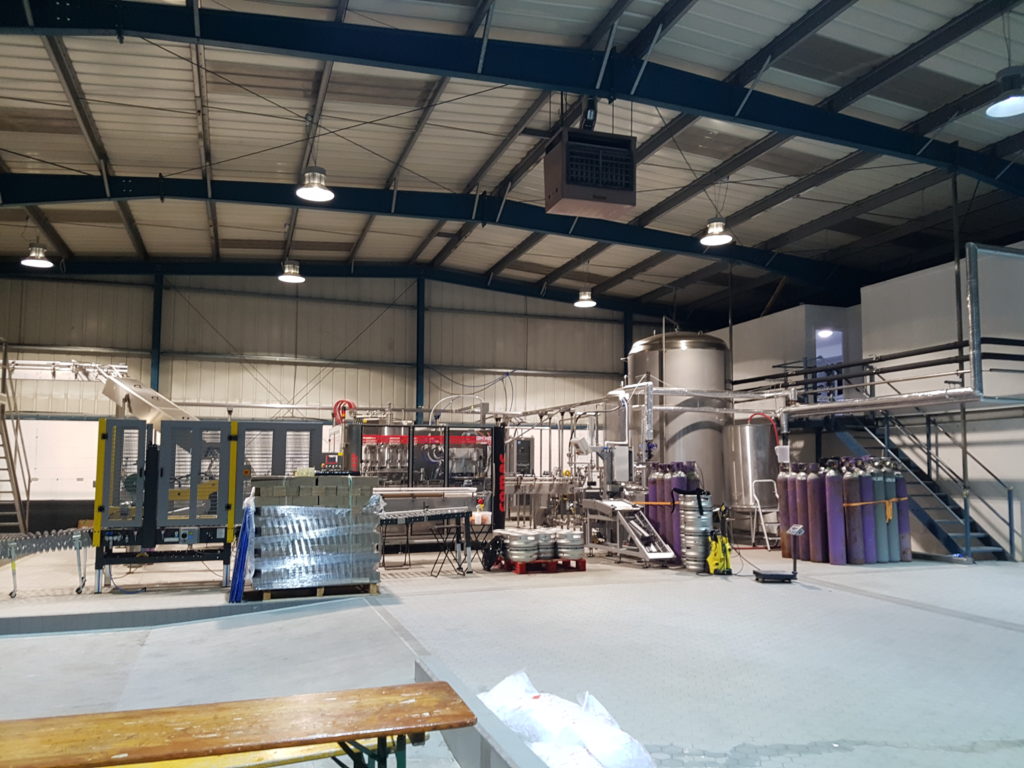
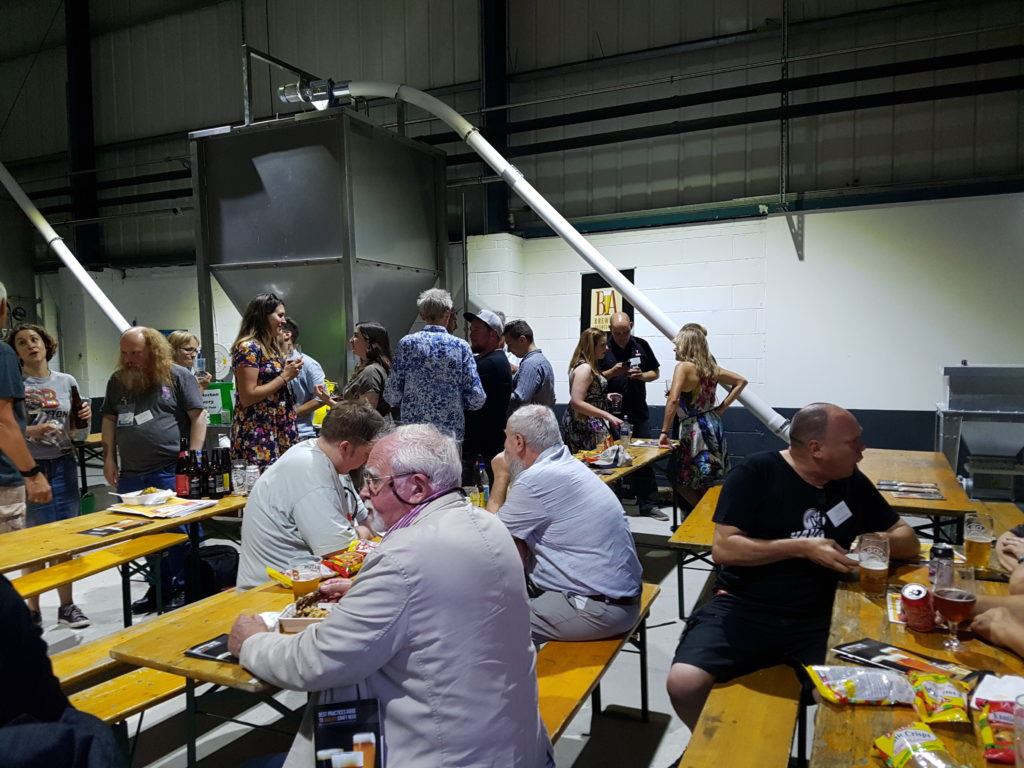
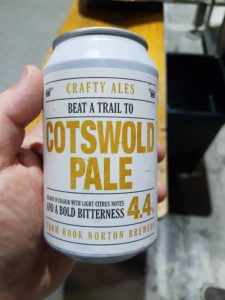
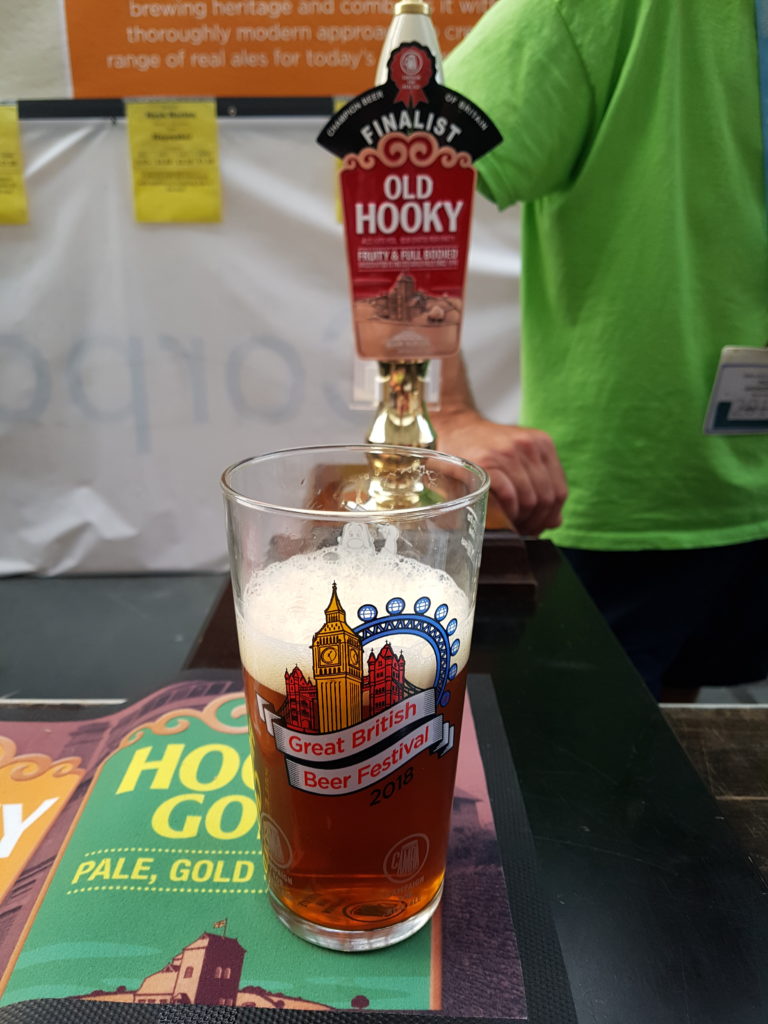

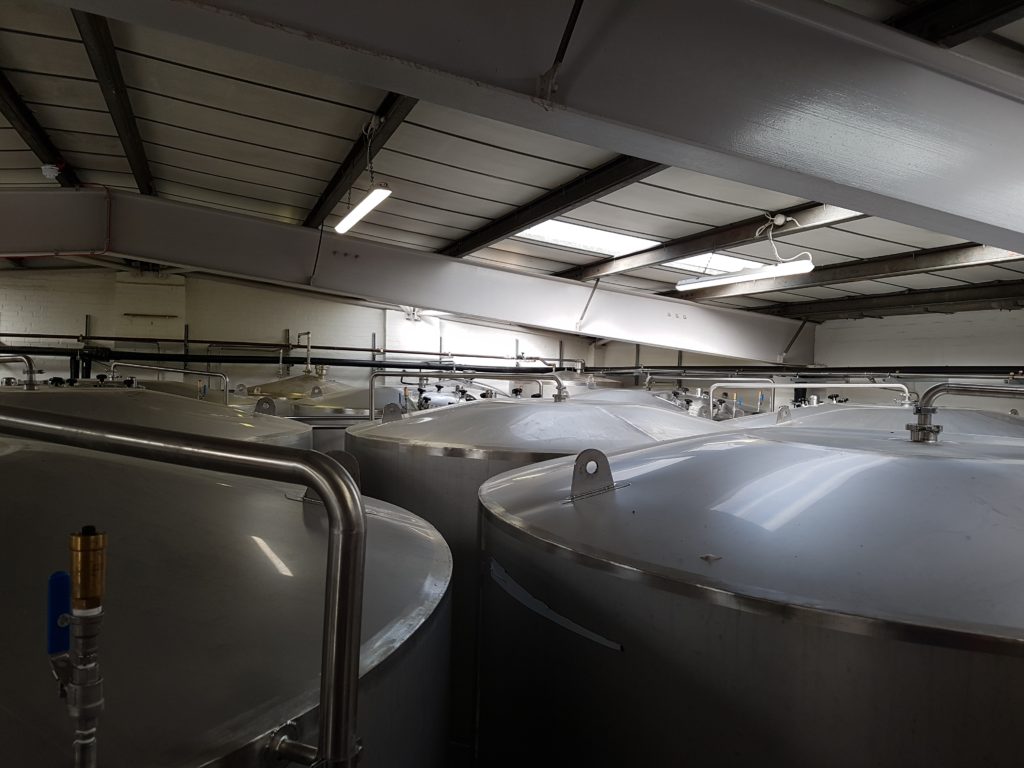
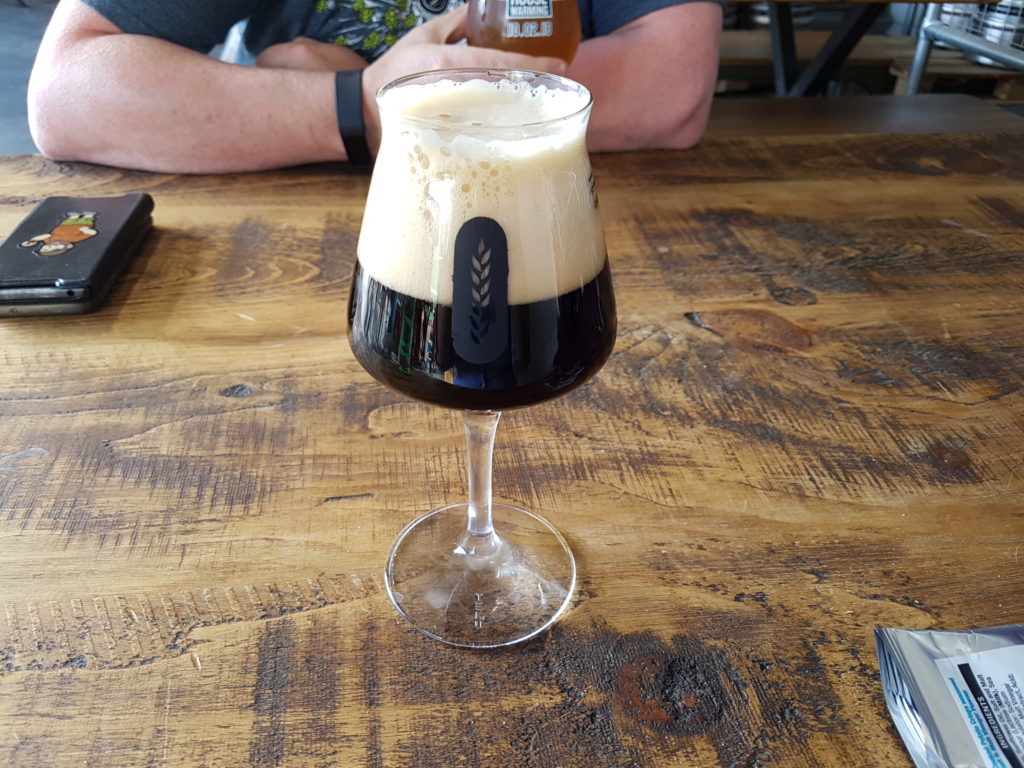
Hey, Jordan. Really enjoyed reading your take. And it was great to see you over here!
Cheers
Pete